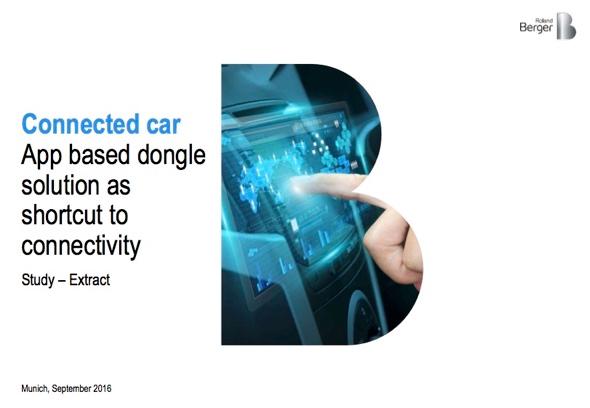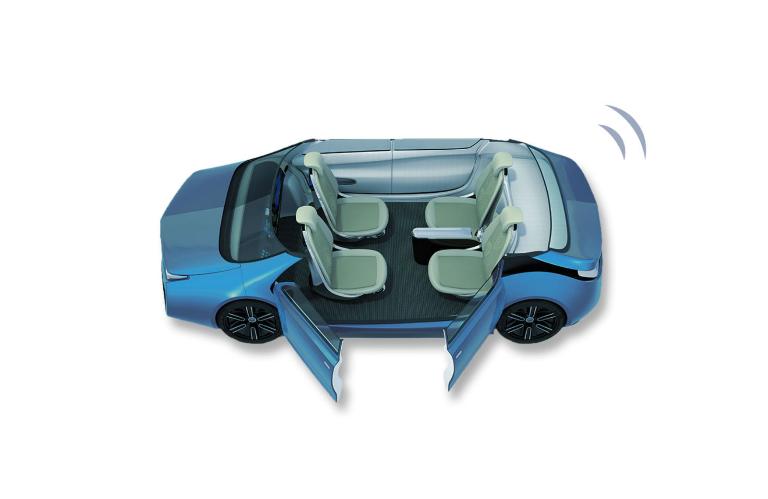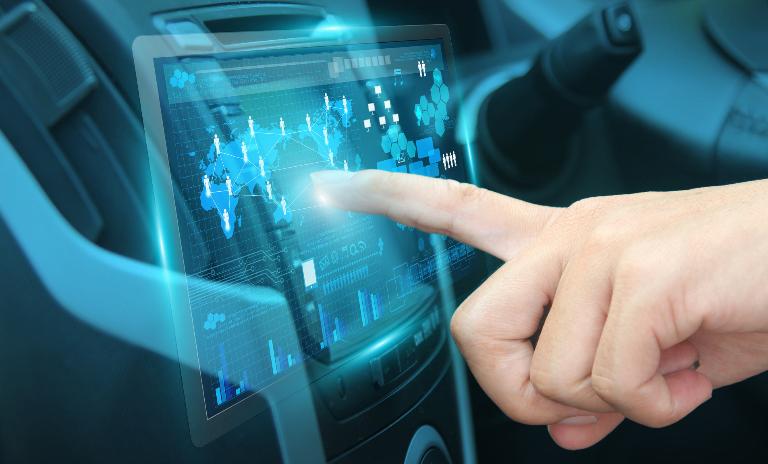Connected Car
![{[downloads[language].preview]}](https://www.rolandberger.com/publications/publication_image/cover_roland_berger_connected_car_final_060916_download_preview.jpg)
App based dongle solution as shortcut to connectivity


The connected car is a hot topic for the future of the automotive industry. While Original Equipment Manufacturers (OEMs) already offer a range of in-car integrated solutions, these often fail to provide what customers really need. They are also extremely expensive owing to the substantial R&D costs invested in their development. As a result, connectivity solutions have been slow to find their way into the car parc – nowhere more so than in the volume segment.

Consequently, more and more providers from outside the industry, such as IT and insurance giants, autoparts suppliers and start-ups, are pushing their way into the market by offering low-cost adapters in the form of dongles that are easy and quick to retrofit into a vehicle and can be linked up to smartphones and other devices. In their new study, "Connected car – App based dongle solutions as a shortcut to connectivity", experts from Roland Berger examine what OEMs and providers from other industries need to do to achieve profitable growth within the connected car space.

"A dongle is simply plugged in to the standardized vehicle diagnosis port (OBD II). Nearly 94 percent of cars in Germany already have such a port," explained Jan-Philipp Hasenberg, Partner at Roland Berger. And app based dongle solutions that transmit vehicle data to a smartphone for a range of different services are already a constant feature in the lives of many drivers. For Germany, 2016 marks the first year that the number of smartphone users (47 million) exceeded the number of cars on the roads (45 million). The potential of app based dongle solutions for vehicle-to-driver communications is therefore huge.

![{[downloads[language].preview]}](https://www.rolandberger.com/publications/publication_image/cover_roland_berger_connected_car_final_060916_download_preview.jpg)
App based dongle solution as shortcut to connectivity